On average, an estimated 30,000 websites are hacked daily. WordPress currently powers over 43% of all active websites on the internet, thanks to an active community and open-source development. It is an excellent content management system because of its flexibility, security, ease of use, and continued development. However, its popularity also makes it a target for hackers and cybercriminals, making WordPress security a critical aspect of website management.
- Why is Website Security Important?
- 16 Most Effect Tips to Protect Your Website From Hackers
- Use Strong Passwords
- Limit Login Attempts
- Use Two-Factor Authentication (2FA)
- Keep Your Site Up to Date
- Remove Unused Plugins and Themes
- Install WordPress Themes and Plugins from Trusted Sources
- Automatically Log Out Idle Users
- Monitor User Activity
- Turn Off File Editing
- Restrict Access Using .htaccess
- Check for Malware
- Migrate to a Secure Web Hosting Provider
- Install an SSL Certificate
- Install a Web Application Firewall (WAF) to enhance your WordPress Security
- Back-Up Your Website Regularly
- Leverage Security Plugins
Why is Website Security Important?
Website security is of utmost importance for protecting sensitive user information such as names, addresses, credit card details, and login credentials from being accessed, stolen, or misused by unauthorized individuals.
Website security maintains a site’s functionality, ensuring business continuity. A security breach can cause significant disruptions to a business’s operations, leading to loss of business, revenue, and credibility.
16 Most Effect Tips to Protect Your Website From Hackers
In this article, you’ll learn some of the best security tips and measures to help lock down your site and reduce the risk of a hack or breach.
- Use Strong Passwords
A strong password and unique username make it harder to guess your login details and protect you from brute-force attacks. Use at least a 12-character long, complex password with a combination of lower and uppercase letters, random numbers, and special characters ($, &, @, #, *, etc.).
Tip: Avoid using common passwords or those that one can easily guess. Use a password generator tool like LastPass to create a strong and unique password.
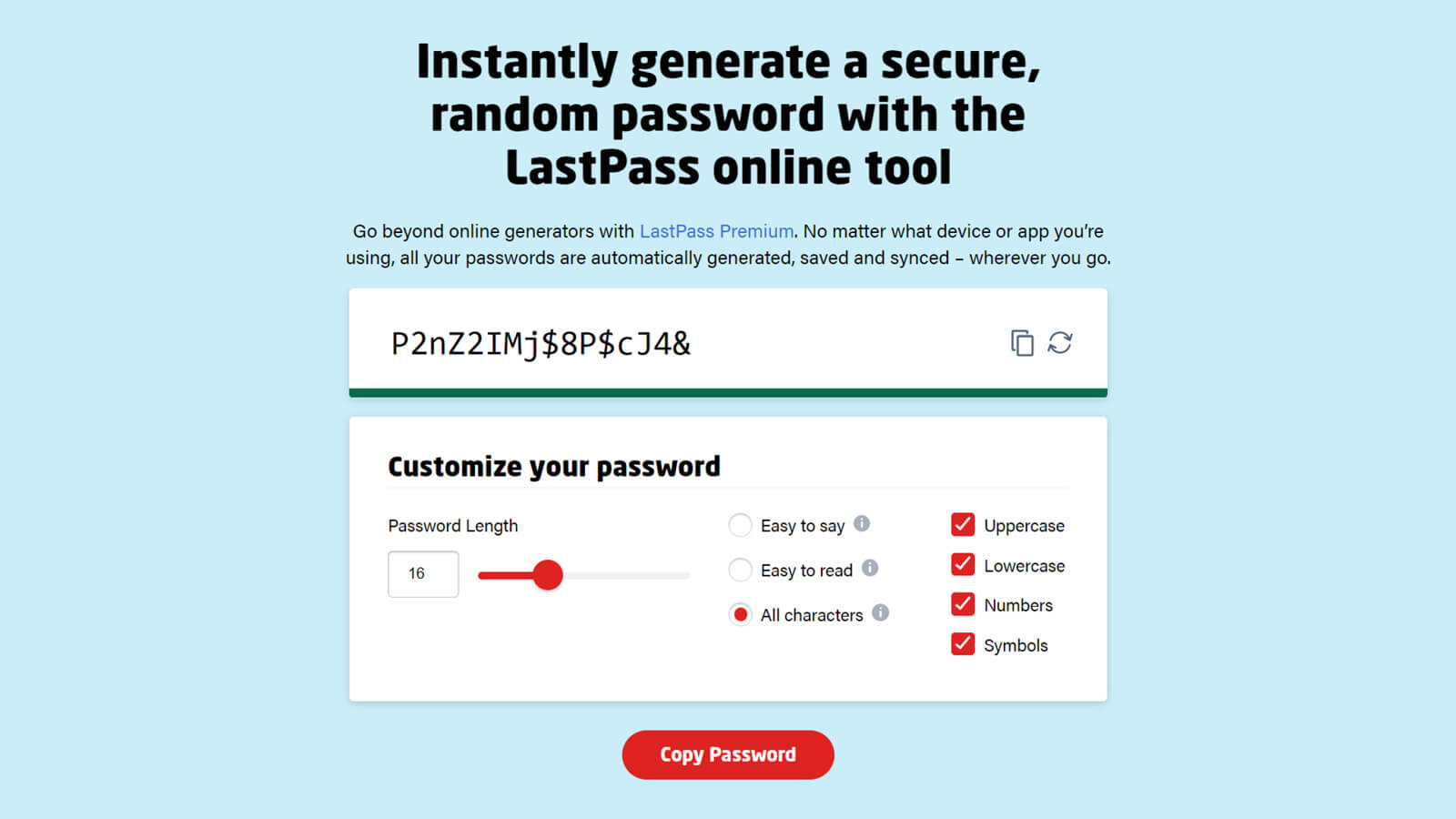
Ready to take your website to the next level?
Look no further! Let us help you create a scalable, secure, and performance-driven website as unique as your business.
- Limit Login Attempts
By default, WordPress allows users to attempt to log in as many times as they desire. This leaves your WordPress site exposed to brute-force attacks. Installing a security plugin like Wordfence, iThemes Security, or All-In-One Security stops brute force attacks. It blocks logins from a username or IP address after a specified number of failed login attempts. This works for the normal login and XMLRPC, Woocommerce, and custom login pages.
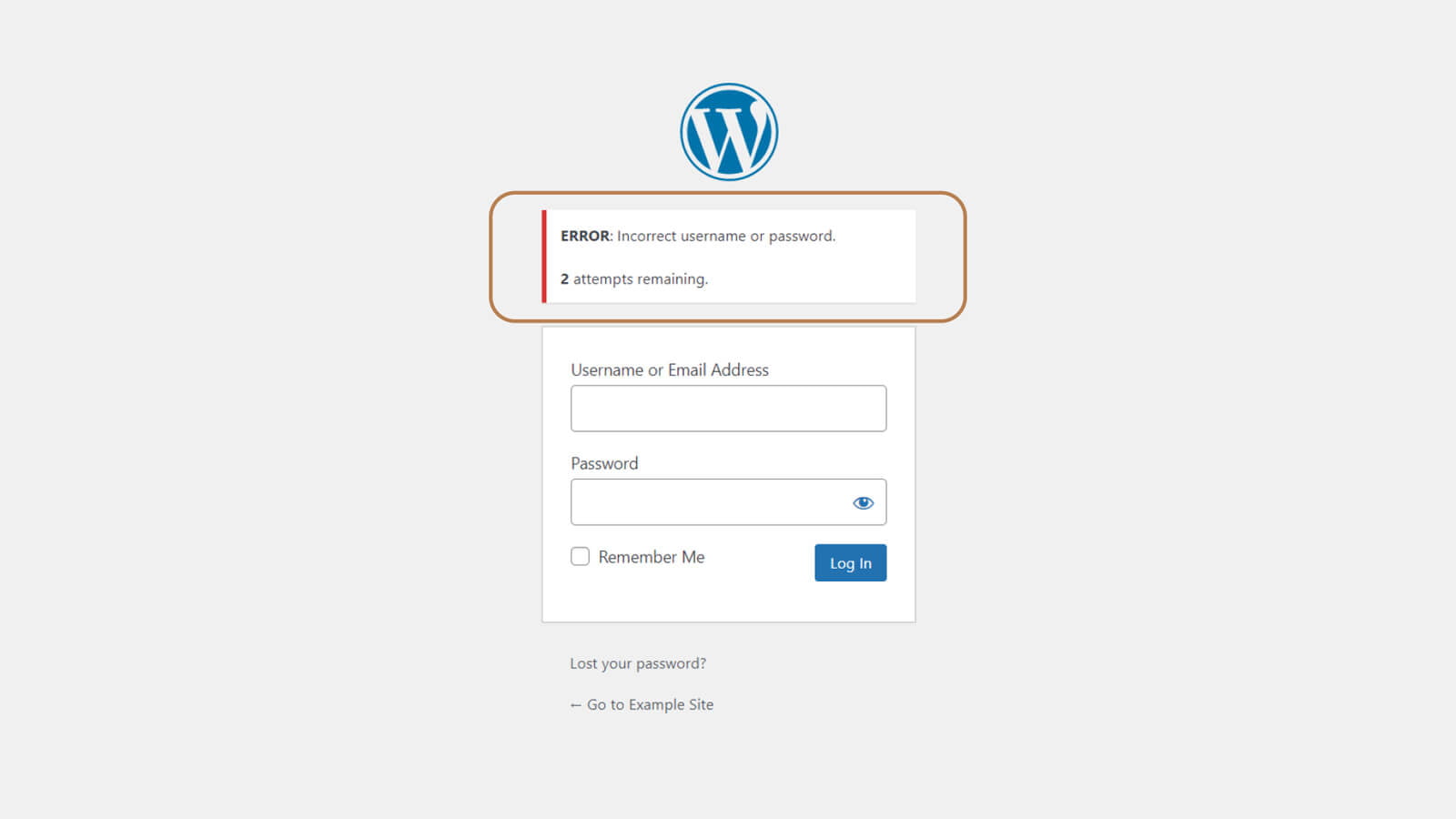
- Use Two-Factor Authentication (2FA)
Two-factor authentication is one of the best ways to increase WordPress login security. It adds an extra security layer to the login process. With two-factor authentication, users must input a unique code provided via text message, email, or an authentication app to complete their login.
Tip: Mobile apps, rather than email or SMS text, are best for two-factor authentication. Try the Two Factor Authentication plugin for your two-factor method.
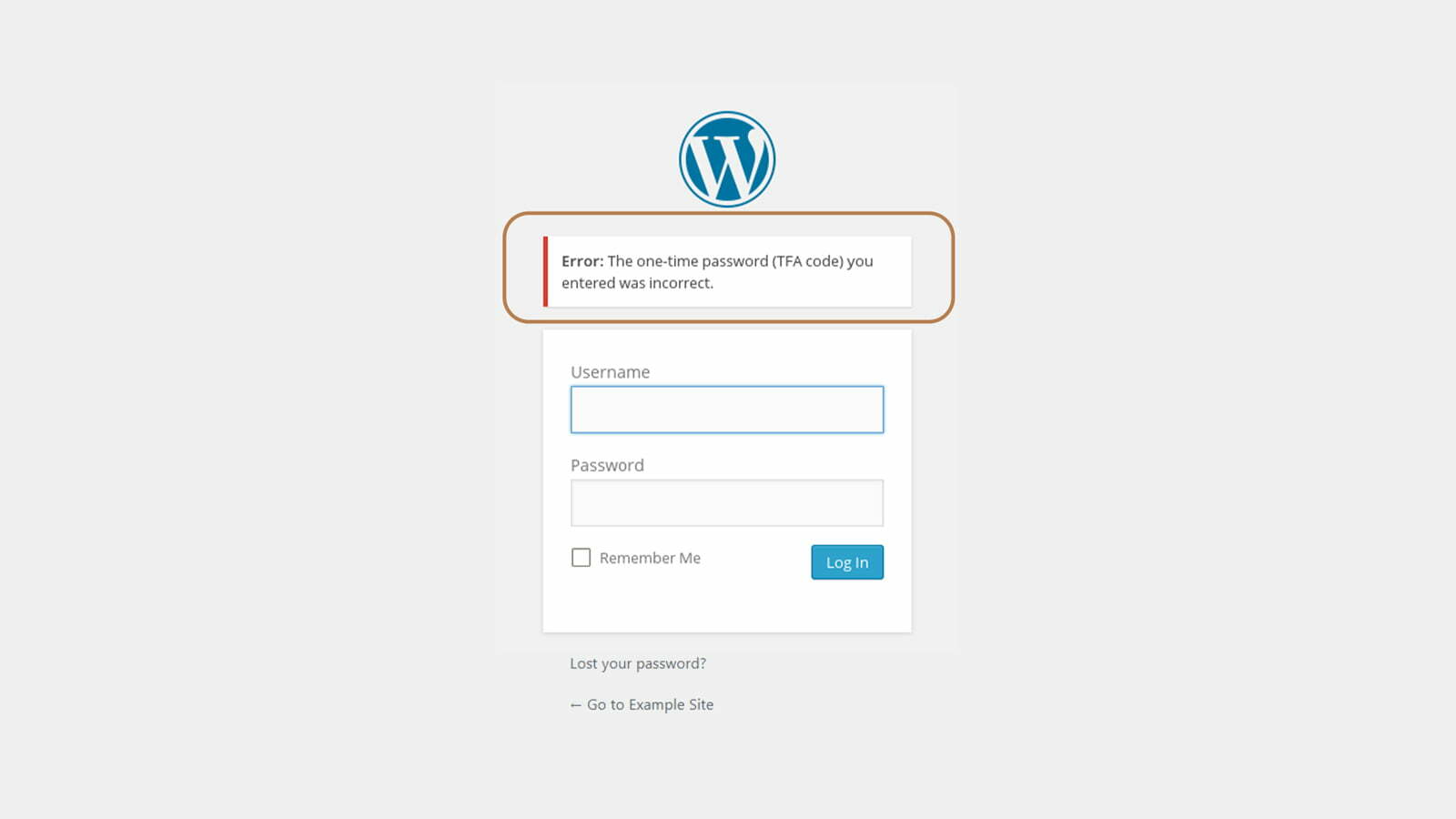
- Keep Your Site Up to Date
Outdated software is a major security vulnerability in WordPress. When your website runs obsolete versions of plugins, themes, or WordPress, you risk having known exploits on your website.
Over 50% of breaches involved vulnerabilities for which a patch was available but not applied.
Every update brings security improvements, such as bug fixes and new features, and running the latest software version reduces the risk of security breaches on your site.
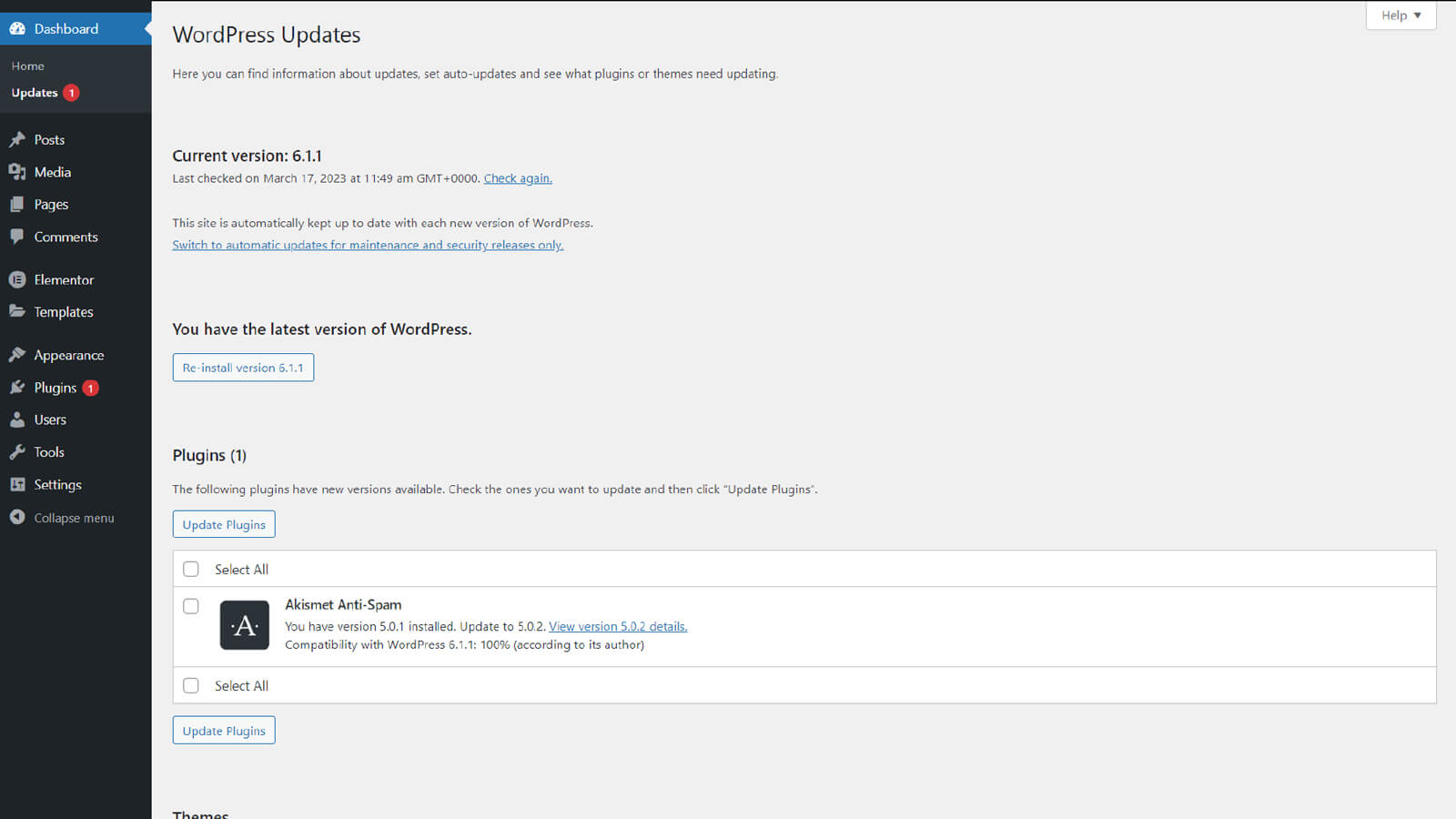
- Remove Unused Plugins and Themes
Uninstall and completely delete any unnecessary plugins and themes on your WordPress site to limit the number of access points and executable code on your website. In addition, avoid using abandoned WordPress plugins and themes to prevent backdoor attacks from exploitable PHP code.
Ready to take your website to the next level?
Look no further! Let us help you create a scalable, secure, and performance-driven website as unique as your business.
- Install WordPress Themes and Plugins from Trusted Sources
Only install themes and plugins from the official WordPress repository (WordPress.org), well-known commercial repositories, or reputable developers. Avoid nulled or bootleg versions of commercial themes and plugins, as they may contain malicious code.
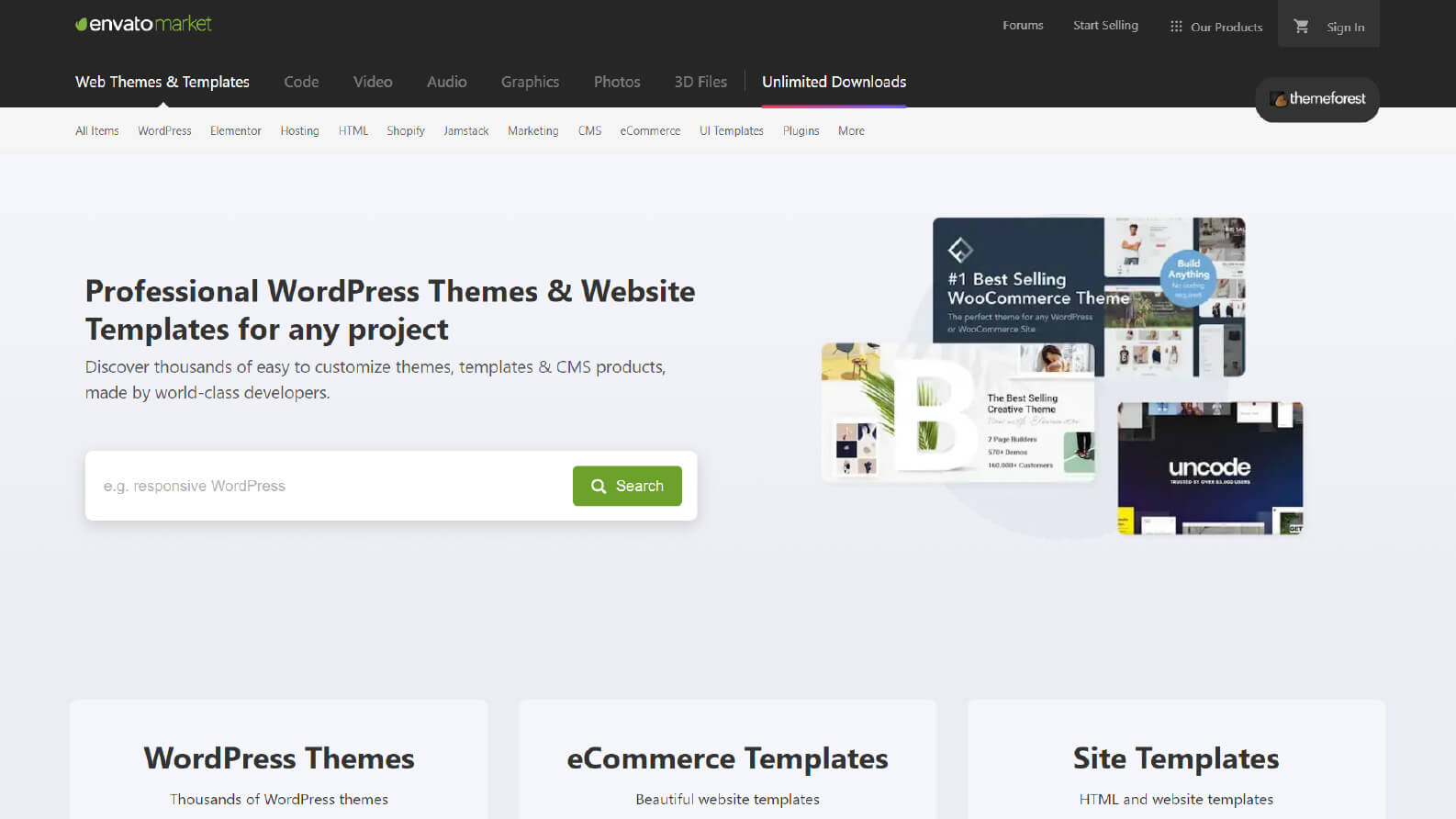
- Automatically Log Out Idle Users
Often, users forget to log out of their websites, leaving their sessions running. Shoulder surfers and snoopers can hijack your sessions, change passwords, or make changes to your WordPress account.
Use a plugin such as Inactive Logout to automatically terminate idle user sessions, thus protecting the site if the users leave unattended sessions.
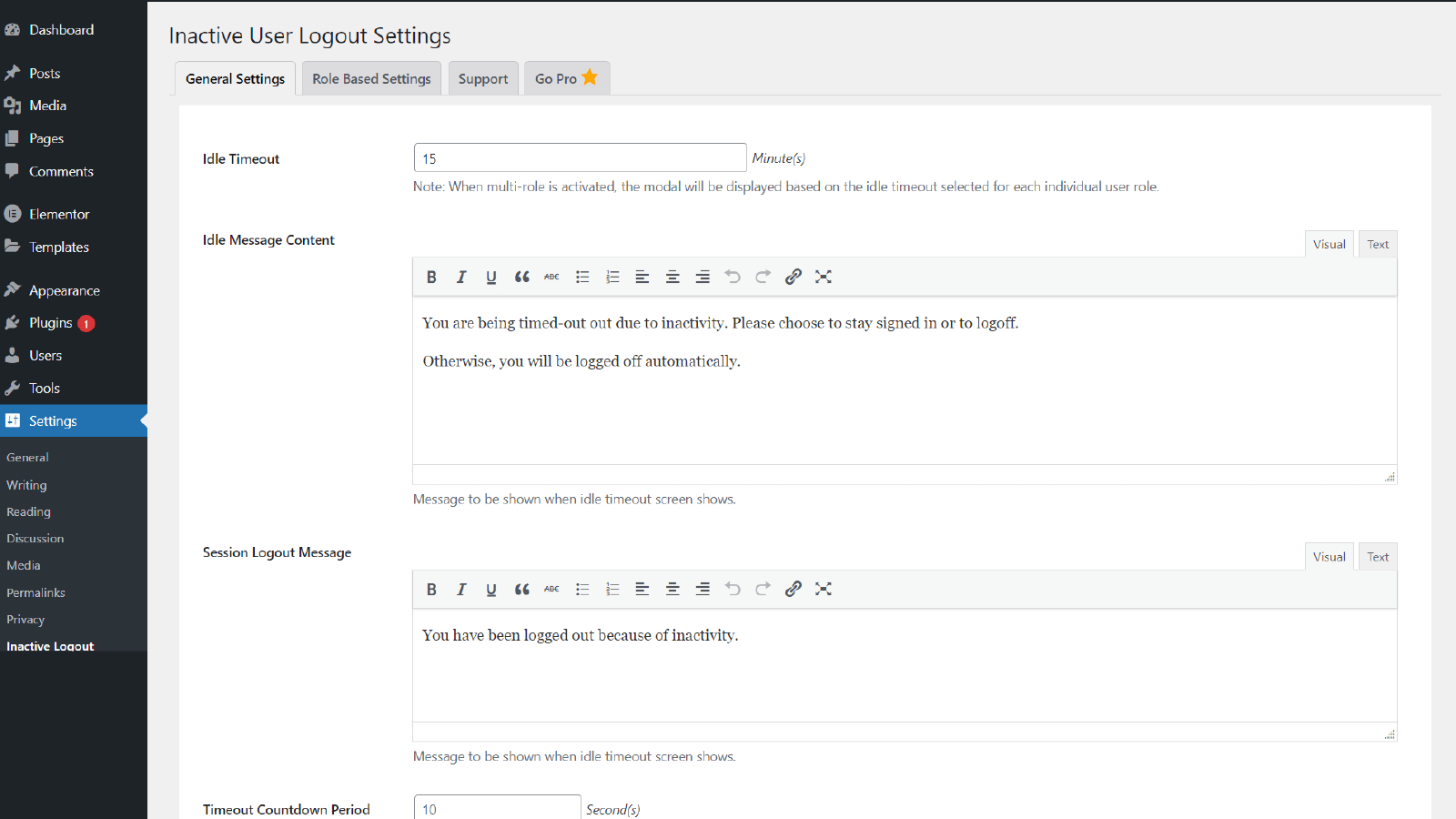
- Monitor User Activity
Detect any unusual activity and changes that may compromise the website. This step is crucial if you have multiple users accessing the WordPress admin.
You should monitor the following:
- Logins & Logouts: Track when users log in and out of your site. Monitoring the time and location of users’ logins can help you spot a compromised user.
- New Users: Hackers typically create a new admin user to be stealthy.
- Add/Remove Plugins: It is vital to log who adds and removes plugins. Once your site has been hacked, it is easy for the attacker to add their custom plugin to inject malicious code into your WordPress website. After their malicious code is executed, they can delete the plugin to remove evidence of their crime.
- Add/Edit Pages: Check for any new pages, posts, or changes to existing pages or posts on the site and if they have added links to send your traffic to other sites.
There are many plugins available that allow you to monitor user activity in WordPress. Some popular ones include the WP Security Audit Log, User Activity Log, and Activity Log.

- Turn Off File Editing
Unauthorized parties can exploit the built-in file editor in the WordPress admin area to access your site. Adding a simple line of code in the wp-config.php file will disable the feature:
define( 'DISALLOW_FILE_EDIT', true );Ready to take your website to the next level?
Look no further! Let us help you create a scalable, secure, and performance-driven website as unique as your business.
- Restrict Access Using .htaccess
Use the .htaccess file to configure permissions to execute PHP in specific folders and protect the wp-config.php file.
Deny Access to .htaccess Itself: Add the following lines in your .htaccess file to prevent access to the .htaccess file itself.
# Deny access to .htaccess
<Files .htaccess>
Order allow,deny
Deny from all
</Files>Disable Directory Indexing: The following line in .htaccess removes directory indexing and makes the server respond with a 403 forbidden message.
# Disable directory browsing
Options -Indexes
- Check for Malware
Schedule regular scans to prevent any damage due to malware and, if detected, remove it as soon as possible. Record the results of every malware scan in your WordPress security logs. It is one of the best ways to learn about potential threats, discover events leading to a security breach, and identify scan failures.
Use tools to maintain visibility into your site’s overall security state, such as, Sucuri Site Check, VirusTotal, and Quttera Web Malware Scanner.
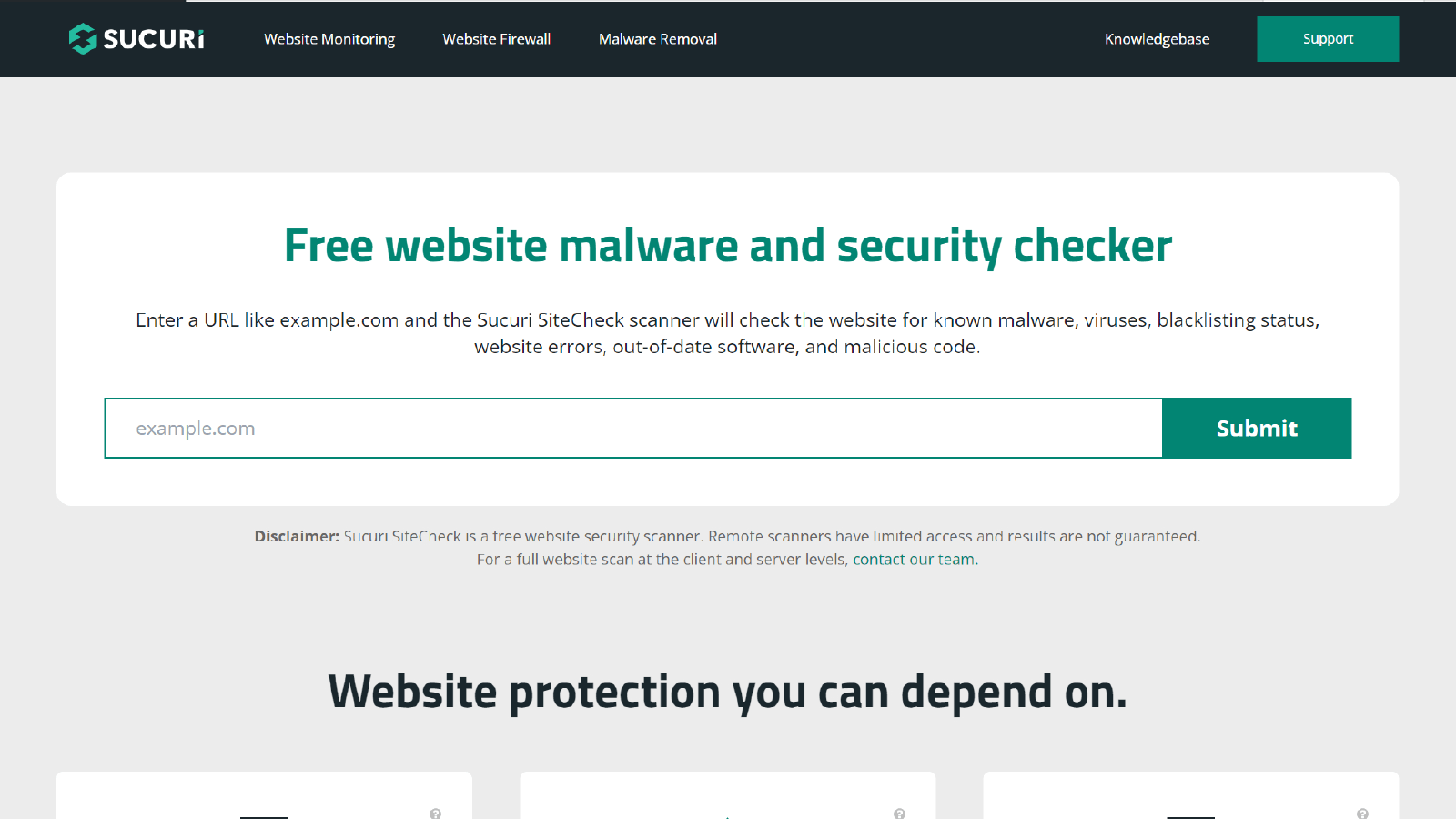
- Migrate to a Secure Web Hosting Provider
Your hosting provider should ensure all website data and files on their server are safe. Pick one with excellent security features such as backups, updates, and monitors of malicious activities.
Using poor-quality shared hosting can make your site more vulnerable to being compromised. Shared hosting can also be a concern because a single server stores multiple websites. If one website is hacked, attackers may also gain access to other websites and their data. While all hosts take precautions to secure their servers, not all are vigilant or implement the latest security measures to protect websites at the server level.
WordPress Hosting Tips:
- Choose a host with a solid security infrastructure. Security should be a primary selling point of their offering.
- Confirm access to 24/7 support.
- Research how the company handles hacked or blacklisted websites discovered on their servers.
- Install an SSL Certificate
Establish a secure data transfer protocol to protect the information exchanged between your website and its users. With SSL, when someone enters their sensitive information, such as login credentials, payment information, and personal data, it will be protected when sent to your site’s server for confirmation. Encrypting sensitive information makes it harder for an attacker to intercept it when in transit from the browser to the server.
You can obtain an SSL certificate from a trusted Certificate Authority (CA), such as Comodo or Symantec. You can also get an SSL certificate from Let’s Encrypt, a non-profit Certificate Authority (CA) that provides free SSL/TLS certificates for website owners.
After you install an SSL certificate, your website will use HTTPS instead of HTTP.
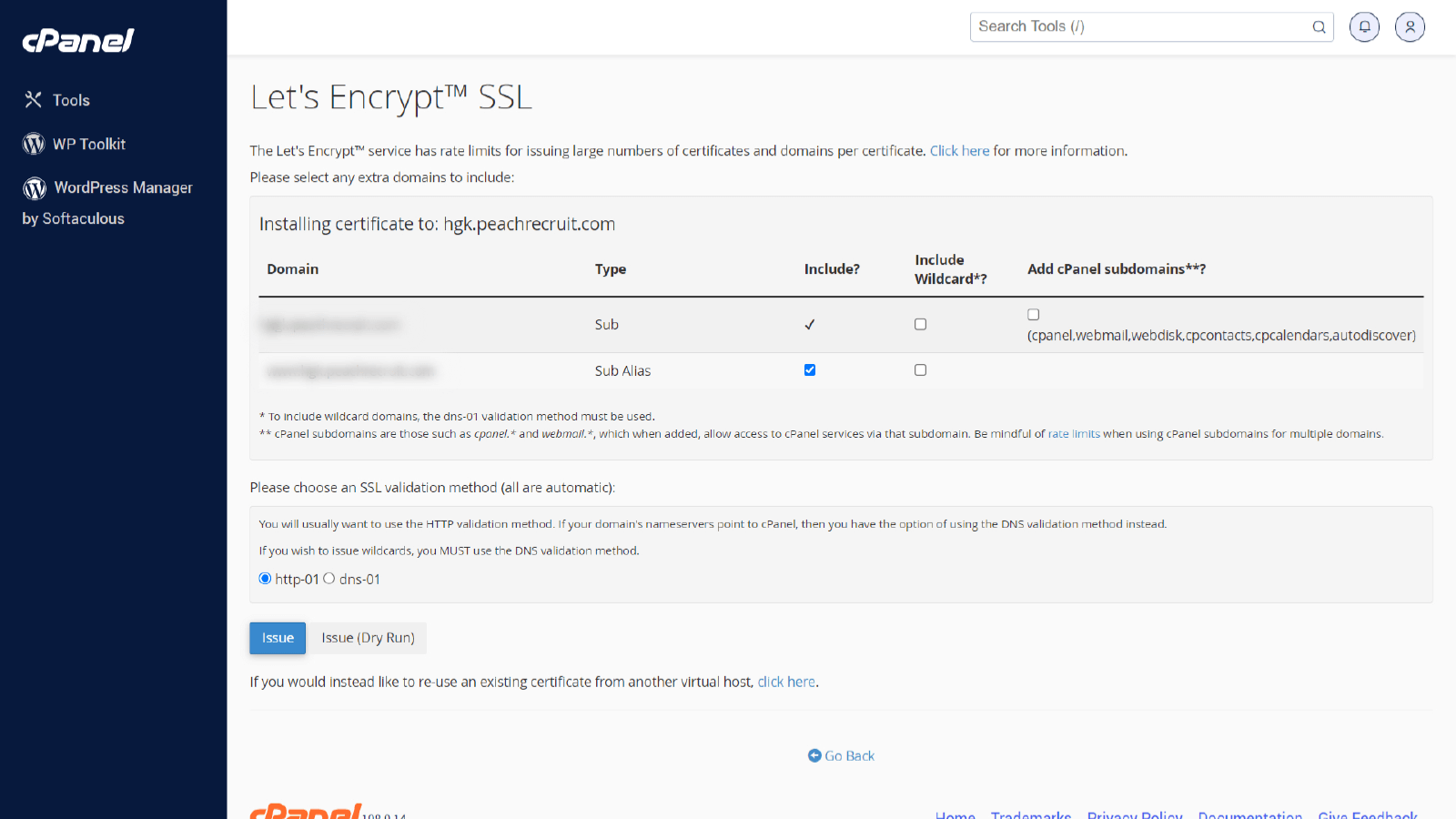
Ready to take your website to the next level?
Look no further! Let us help you create a scalable, secure, and performance-driven website as unique as your business.
- Install a Web Application Firewall (WAF) to enhance your WordPress Security
Web Application Firewall helps protect web applications by filtering and monitoring HTTP traffic between a web application and the Internet. It protects web applications from attacks such as cross-site forgery (CSRF), cross-site scripting (XSS), file inclusion, and SQL injection.
Below are some of the best WordPress firewall plugins that you can use to protect your website against hacking, brute force, and distributed denial of service (DDoS) attacks.
- Sucuri
- Cloudflare
- MaxCDN (StackPath)
- Wordfence Security
- Jetpack
- Back-Up Your Website Regularly
Backing up your WordPress website is crucial to ensure that your website’s data is safe and can be restored in case of any security breach or disaster. You can use a popular backup plugin like UpdraftPlus, BackupBuddy, or VaultPress. These plugins automate the backup process and store your website’s data on a remote server. Once you have installed the backup plugin, configure the settings. Choose what to back up, how often, and where to store the backups.
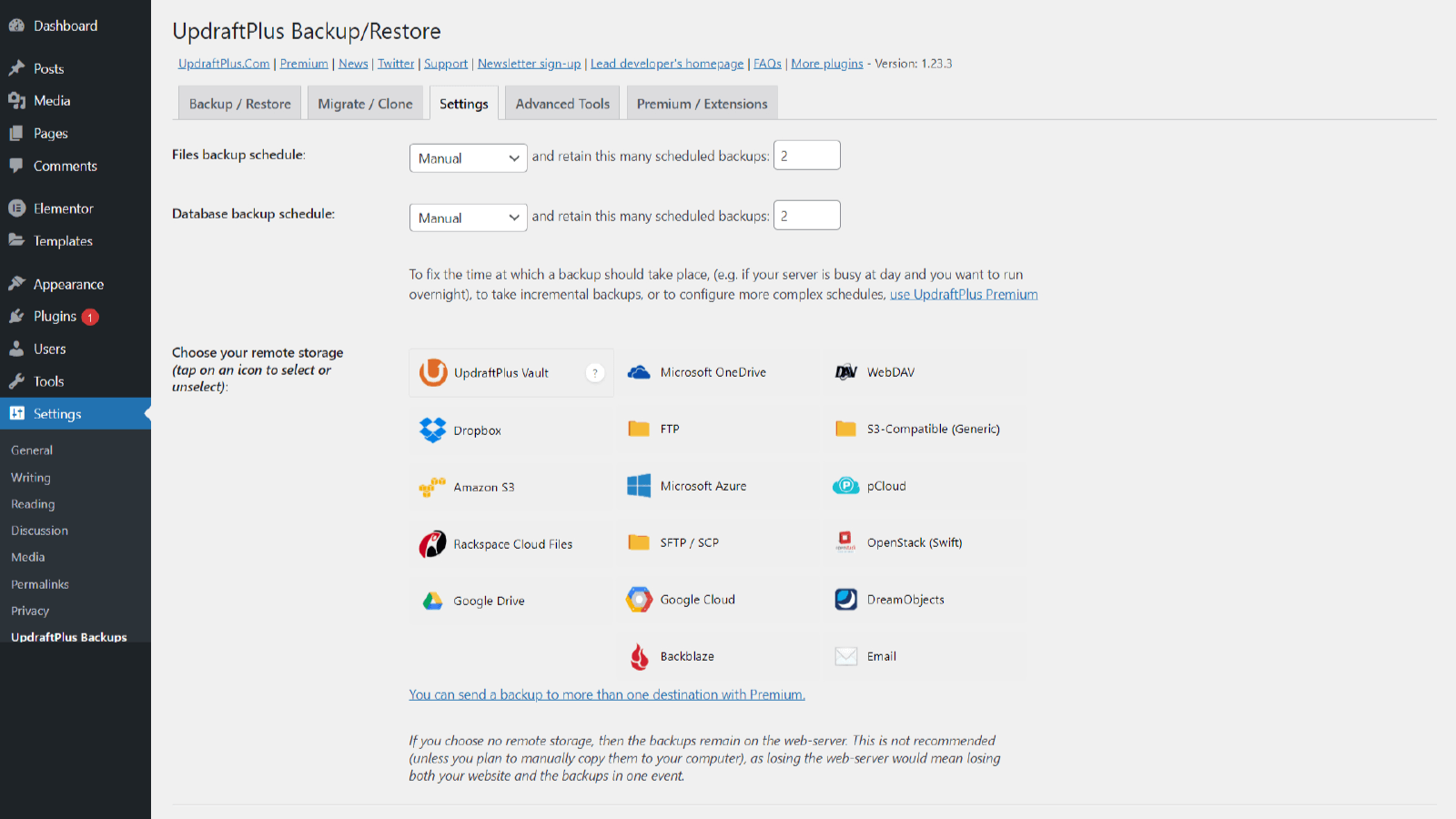
- Leverage Security Plugins
Many WordPress security plugins are available and provide a wide range of security and hardening features.
- Prevention: Help protect you from hacks.
- Detection: Identify and notify if something is off and requires further inspection.
- Auditing: Track and maintain an active log of all the activity on the site (i.e., track log-ins, changes to themes and plugins, updates, etc.).
- Utilities: Provide a suite of options designed to empower the user to make security-focused changes to their installation.
Here are some popular plugins that you can use to enhance your WordPress website security:
- Wordfence Security: Wordfence Security is a comprehensive security plugin that provides a firewall, malware scanner, login security, and two-factor authentication. It also includes country blocking, IP blocking, and real-time traffic monitoring.
- Sucuri Security: Sucuri Security is another popular security plugin that offers malware scanning, website firewall, and blacklist monitoring. It also includes brute force protection, file integrity monitoring, and security notifications.
- iThemes Security: iThemes Security is a powerful security plugin that offers over 30 security measures to protect your site. It includes two-factor authentication, brute force protection, file change detection, and security logging.
- All In One WP Security & Firewall: All In One WP Security & Firewall is a user-friendly plugin offering various security measures to protect your site. It includes features like login security, firewall, file system security, database security, and user account security.
- Jetpack Security: Jetpack Security is a security plugin that provides backup and restoration services, malware scanning, and spam protection. It also includes brute force protection, two-factor authentication, and uptime monitoring.
These tips can help improve your WordPress website security and reduce the risk of a successful cyber attack.
Ready to take your website to the next level?
Look no further! Let us help you create a scalable, secure, and performance-driven website as unique as your business.
